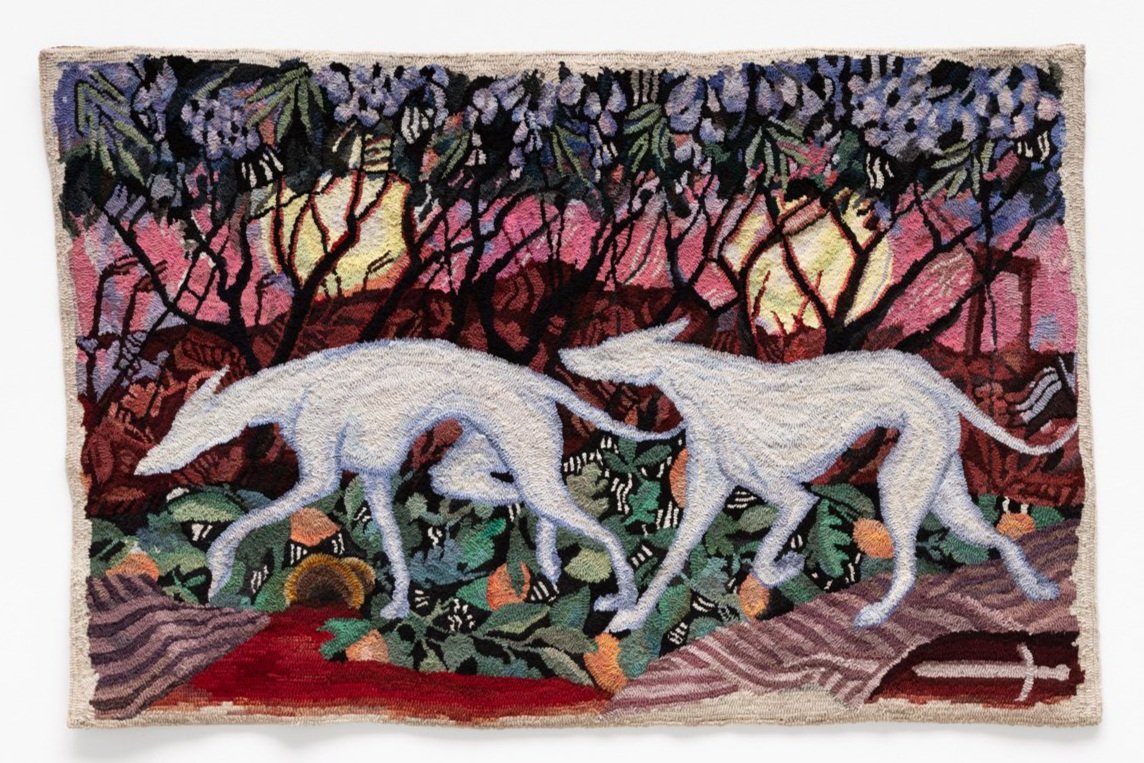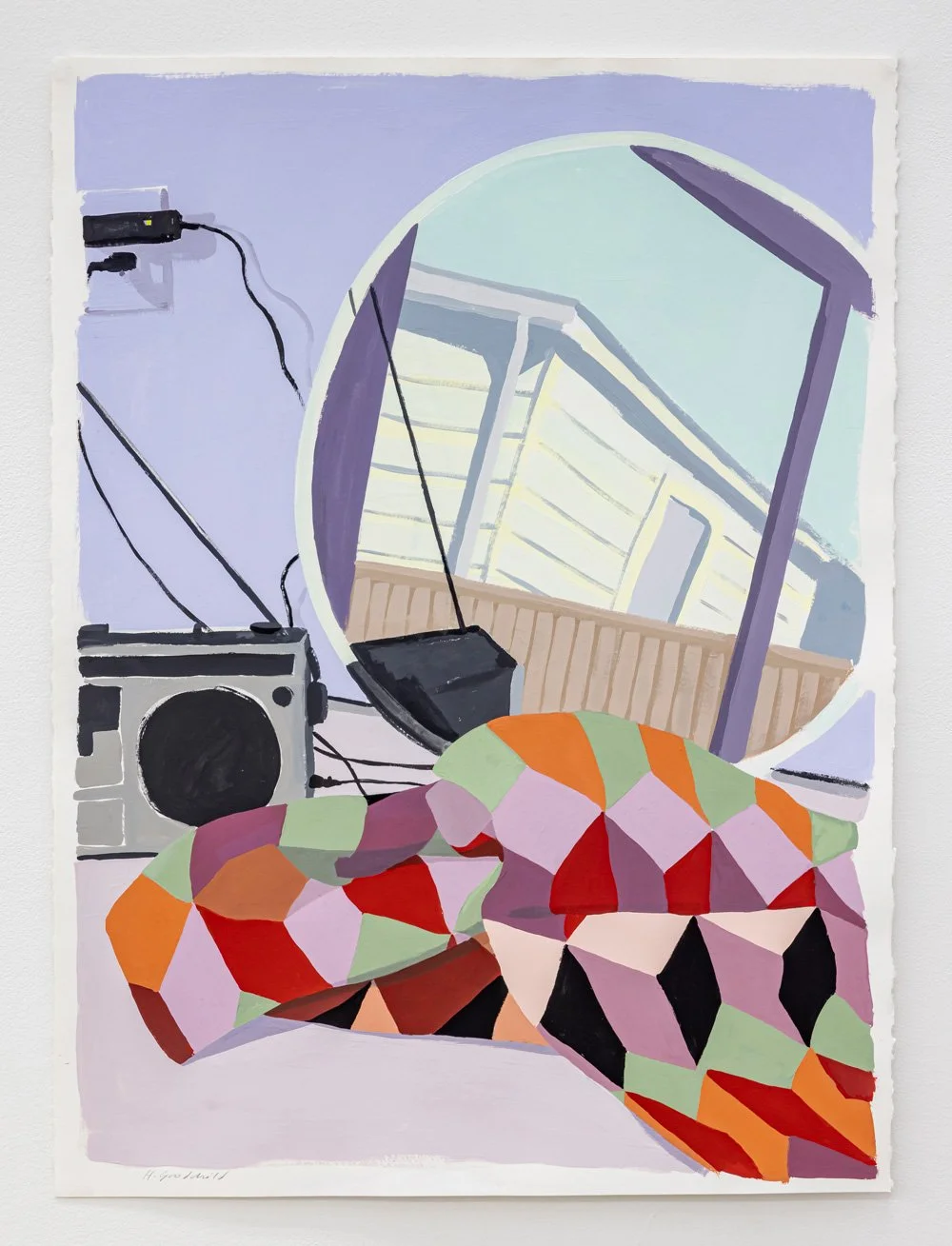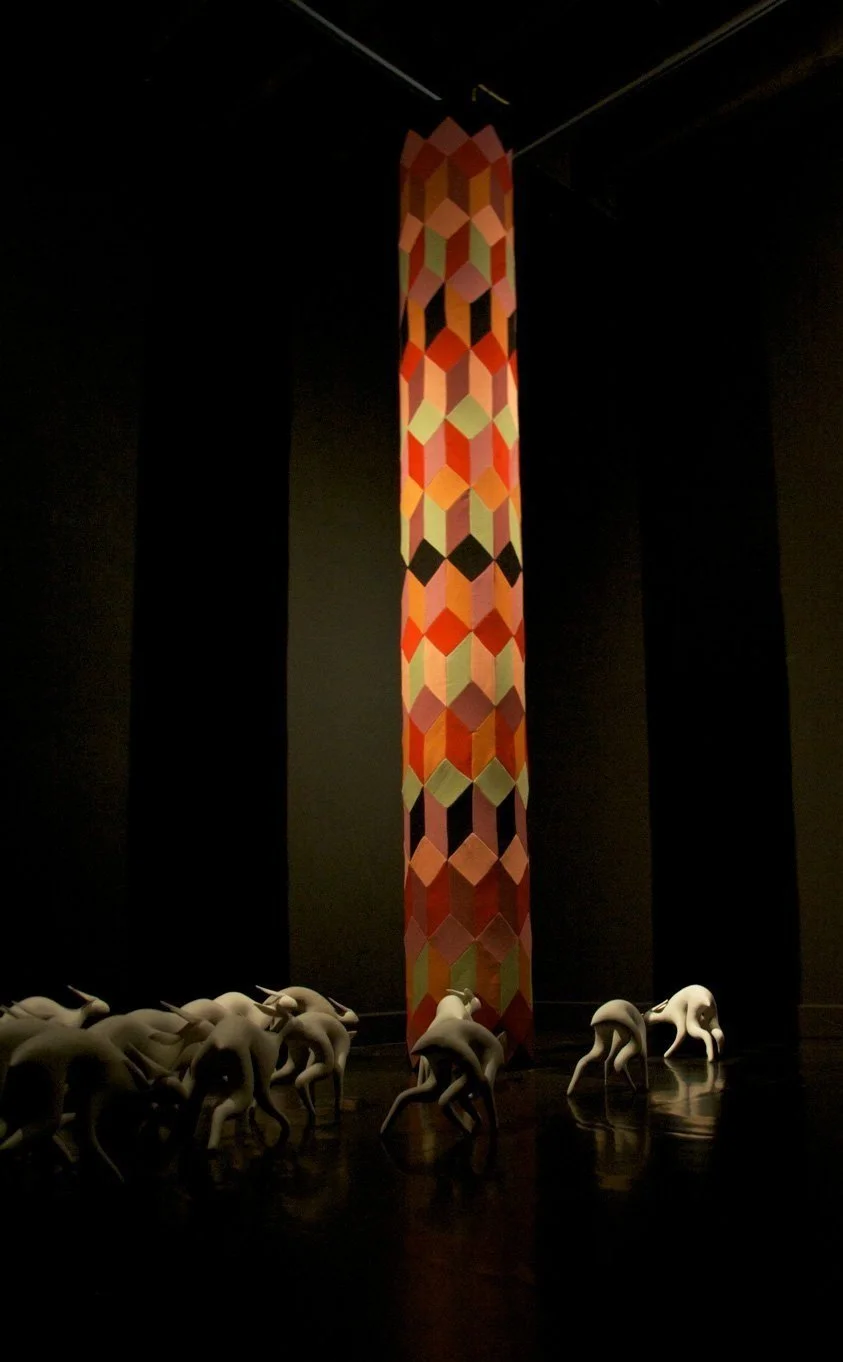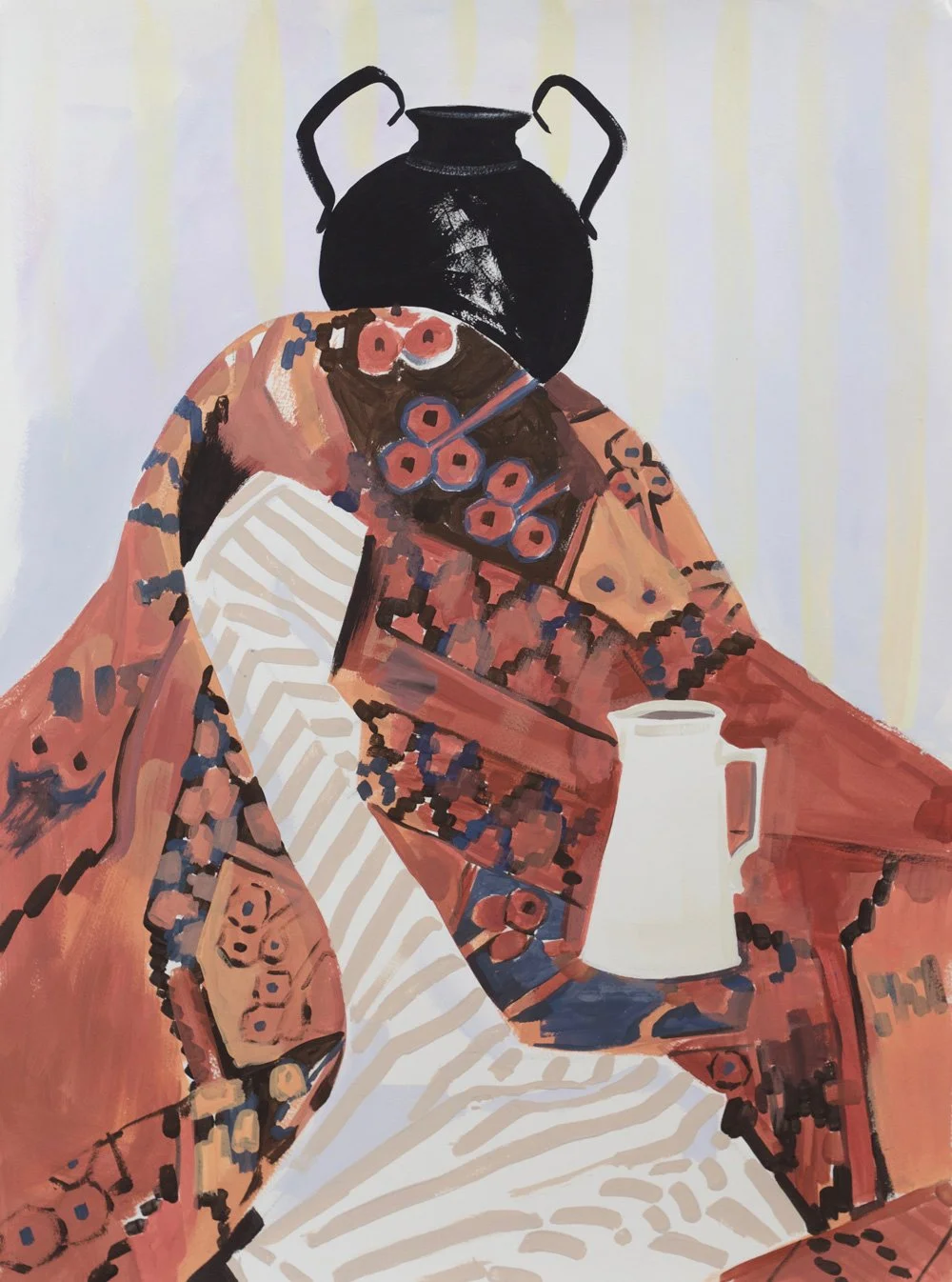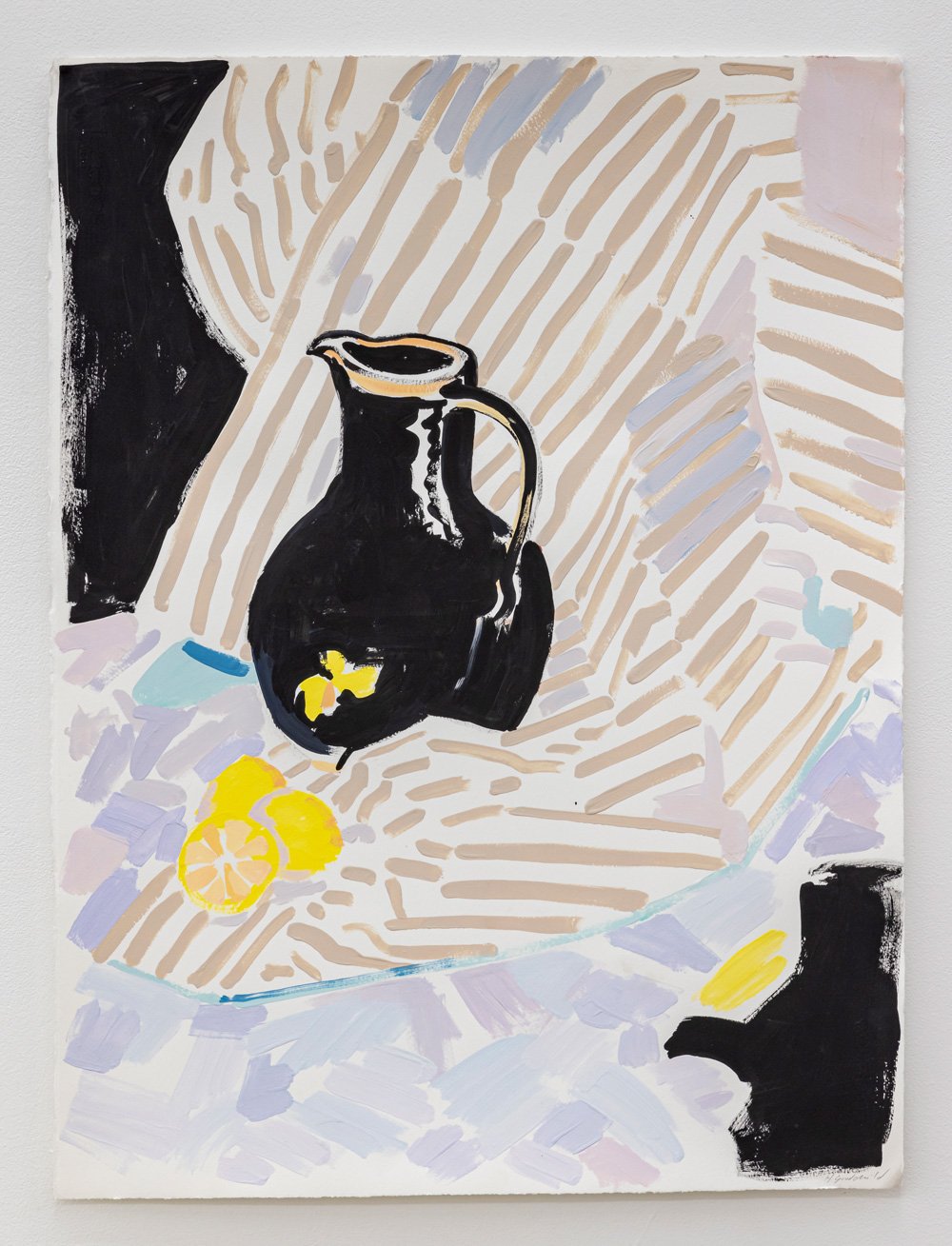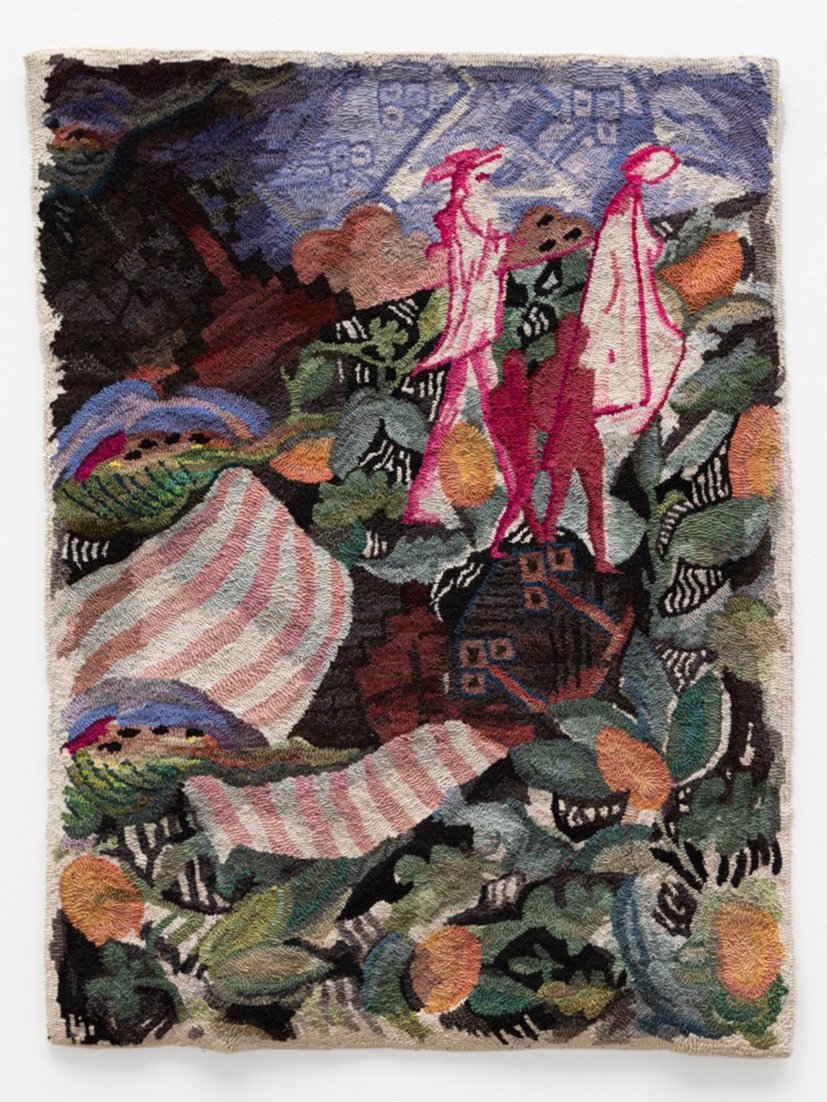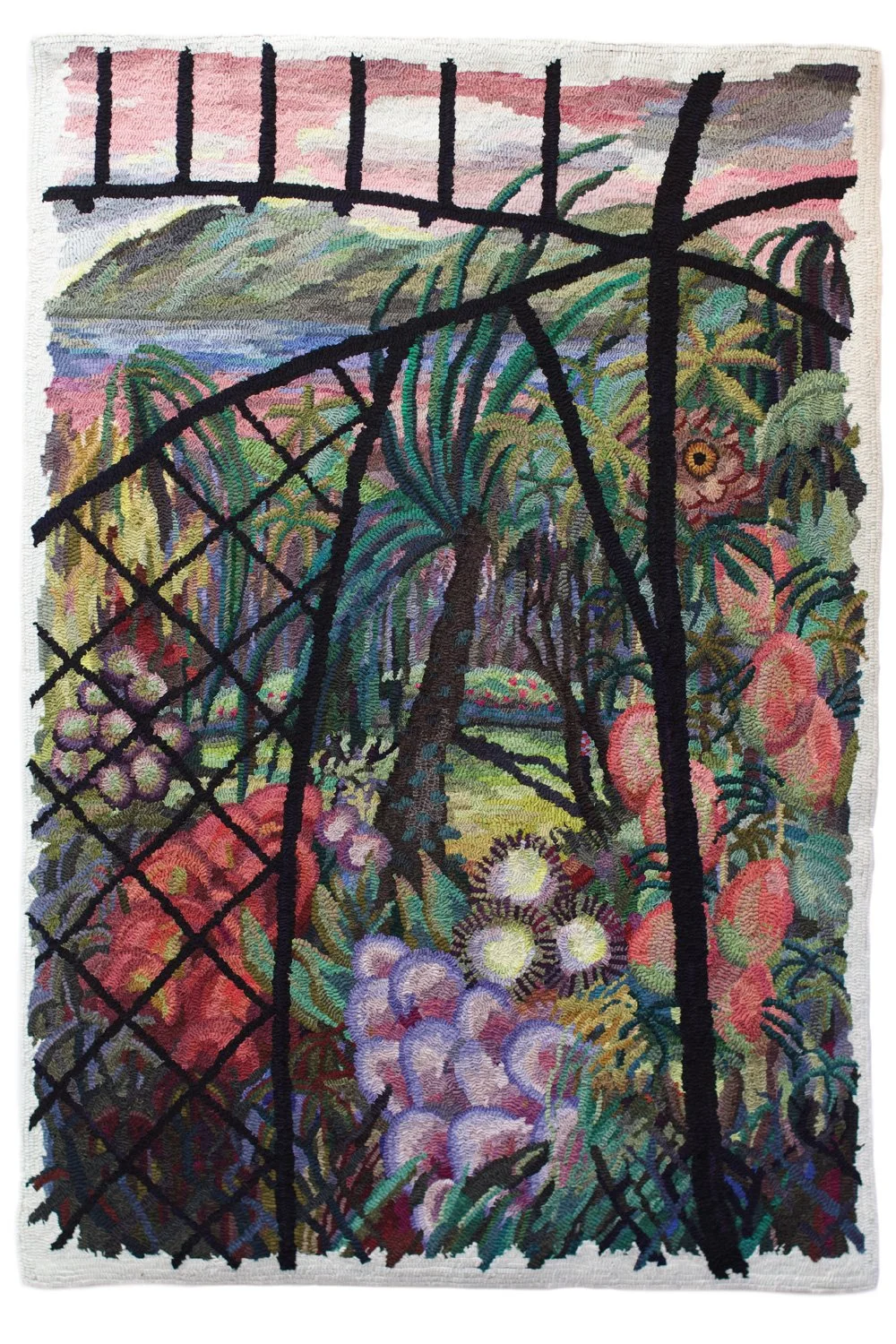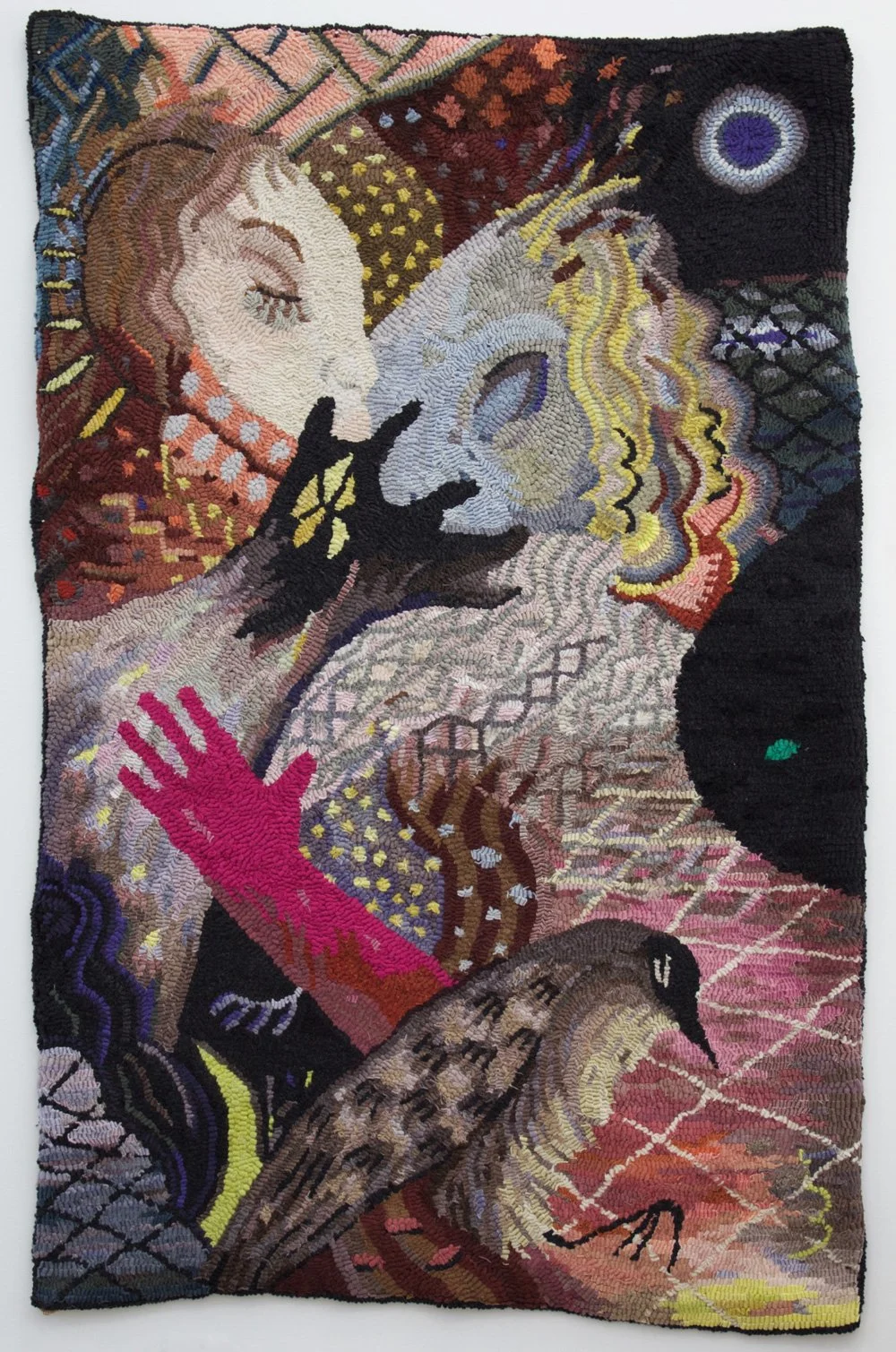Faithfully Seeking Franz
By Elana Wolff (Guernica Editions)
Reviewed by Keith Garebian
Award-winning poet and essayist Elana Wolff became an inveterate admirer of Prague modernist Franz Kafka’s novels and stories in her teens when she read “The Metamorphosis,” whose creaturely protagonist Gregor Samsa brought her to question what it was to be human. A little later, during a year working on an Israeli kibbutz, she was so “deeply affected by the grim humour, relentless portrayal of bureaucratic absurdity, stripped-down writing style, and dark enigmatic ending” of Kafka’s The Castle (as she says in Faithfully Seeking Franz), she felt compelled to read lines from it aloud to the “wide-eyed, blank-faced goats.”
The idea for Faithfully Seeking Franz took seed in early 2011 when, in researching Kafka’s “well-known and lesser-known fiction, the notebooks, diaries, correspondence, and many of the studies and biographies,” Wolff recognized “threads and themes in his lifeline.” This led to her quest for the man behind the writer, tracking “the places he lived, worked, sojourned, and convalesced.”
Spanning several countries (Austria, Czechia, Germany, Denmark) over several years, Wolff’s quest for Kafka’s traces is documented through photos, poems, and creative nonfiction. Identifying herself as E., and accompanied by her husband Menachem or M., the author begins in Vienna, January 2014, her purpose being a visit to Kafka’s Death House—Sterbehaus—nineteen kilometres northwest of the capital, before moving on to Prague. The most startling thing in this episode is learning that the great astronomical clock in Prague’s Old Town Square stopped at 4 p.m. on June 11, 1924, the precise time of Kafka’s interment, eight days after his death from complications of tuberculosis.
When E. and M. stay a night on the fifth floor of the InterContinental Prague Hotel (formerly a grand apartment building where Kafka and his family had lived), E. can’t feel “anything of his presence.” Sensitive “to resemblances, synchronicities”—signs that are “confirmation of seeing, affirmation of meaning … evidence of the outer world and one’s inner world connecting”—she notes the appearance of a jackdaw near Kafka’s grave. Kafka’s tombstone inscription uses his Jewish name Anschel, similar to Amsel, the German word for blackbird or crow, and the jackdaw is the smallest member of the crow family. E. operates as an eager sleuth, pressing hard to connect even the slimmest of traces, which provokes M.’s skepticism about her fanciful imaginings or hypotheses. When she scolds him for his reluctance to engage in conversation about “how places, people and their ordeals get written into books,” M. shoots back, “Can you blame me? We’ve walked for over an hour to see a street sign and a sausage stand.”
The book gains by such honesty. After all, it is impossible to deny the effects of time on nostalgia. Kafka’s resting place in Prague has not a soul in sight when E. and M. visit. The Berlin hotels where Kafka stayed were destroyed by the war. The once-splendid Schloss Hotel Marienbad no longer boasts a spa; instead, it is a residence for foreign students taking Czech lessons to qualify for university admission. And the Lahmann Sanatorium that had made a deep impression on Kafka looks derelict, eerie, and doleful.
But nothing, ultimately, wrecks E. and M.’s symbiotic relationship: “In the course of reading, researching, drafting, discussing, writing, and rewriting our translations, M. and I, I felt, were coming to a new nearness.” M. concurs, asserting that they are “doing the work of ilui neshama—elevation of the soul.” And in her concluding poem, E. affirms, “Concern for soul consumes me.”
However, this book never drifts into ethereal abstraction. E. is a well-grounded researcher, with wide expertise on Kafka, especially about his biography and parabolic literary world. She refers to Kafka’s emblems of birds (especially crows), horses, and card-playing (Kartenspiel), and when she addresses the theme of rectification, she makes skillful use of Anne Carson and Elias Canetti. Her bibliographic sources include Gaston Bachelard, Carlos Fuentes, Milan Kundera, W.G. Sebald, and Thomas Mann. Her wide reading (with its deep concentration on Kafka) enables her to trace in some detail “the centrality of friendship to his literary development and posthumous acclaim.” That includes his friendships with publisher Kurt Wolff, author and composer Max Brod, and Hebrew scholar and poet Georg Mordechai Langer, as well as his relationships with devoted sister Ottla, two-time fiancée Felice Bauer, and freethinking Dora Diamant (whom he met in 1923 while vacationing on the Baltic). E. practices careful restraint in matters of Kafka’s relationships with men.
E.’s aphoristic “Notes on Questing” and her virtual Epilogue (“Later”) are wonderfully summative of the book because they provide insight into E.’s literary form, in which one event or thing leads to another, everything is in process, and “questing, like writing,” is “a matter of becoming.”
Rebellion Box
By Hollay Ghadery (Radiant Press)
Reviewed by Salma Hussain
The term rebellion box refers to tiny wooden boxes carved by prisoners kept at Fort Henry, Kingston, during the Rebellion of 1837. These boxes were often inscribed with messages to loved ones, ranging from political to religious to sentimental. The term makes an apt title for Hollay Ghadery’s debut book of poetry, as the charm and brilliance of Rebellion Box stem from its expansive range of themes and scenes. Ghadery’s sixty-three poems flit from delicate and difficult moments in motherhood to sweet and exuberant love poems to the wry acceptance of the relentless passage of time to an examination of society’s expectations and limitations on women.
Ghadery is an award-winning Iranian Canadian multi-genre writer whose acclaimed memoir of mixed-race identity and mental illness, Fuse, was published by Guernica Editions in 2021. She has an MFA in creative writing from the University of Guelph and her fiction, nonfiction, and poetry are regularly published in literary journals, including The Fiddlehead, The Malahat Review, The Antigonish Review, and Grain (where many of the poems in Rebellion Box first found a home).
Given Ghadery’s background in memoir writing, it is no surprise that there is an unflinching honesty to this collection. Ghadery creates intimacy by deftly peppering her poems with revelations so candid that they take the breath away (“That’s what I / should have done” [p. 11], “all I wanted to be / was less / to stare at,” [p. 55], “cause if there’s one thing I know, it’s that she’ll try” [p. 4] and “all from the same father, then?” [p. 26]). This frankness has the effect of making the reader feel like they have been ushered into a delectably confidential and private conversation. Ghadery uses this intimate tone throughout but most expressively in her poems about motherhood, which do not shy away from the glory and effort of raising and nurturing young children—such as, when a young girl unintentionally harms a chick by “feeding” it juice and the mother analyzes the consequence of explaining the action to the young child (“I don’t / want her to be afraid to sleep at night, / don’t want her to rethink the kindness of sharing her drink with a friend, but /” [p. 4]) and when a mother speaks to her young child of the beauty of comets (“their tails spanning star systems / … Who knows where they go. / Who knows that they see / … It’s okay not to know for sure. / You say that, but you’re / not / so sure, / yourself” [pp. 29–30]. An explanation about this poem contained under “Notes” on p. 68 reveals autobiographical elements that make the poem extra poignant.
Note, too, that Ghadery’s tone of intimacy with respect to micro-moments in motherhood is interspersed with poems that shift the lens away from a mother in the present to a woman or girl in the past, creating dissonance and an intriguing juxtaposition. Ghadery asks, “I wonder, what submerged / identities we women can have?” (p. 39), and the reader wonders alongside her. In fact, a line from the very first poem, “I’m not that girl / anymore –” (p. 2), functions as an anchoring refrain for this collection of poems, which casts its gaze boldly forwards and beguilingly backwards. Over and over, Ghadery reminds us that our past selves do not remain buried or static—rather, they appear before us, suddenly and unpredictably (“taking up space, everywhere / and if / you can’t see / that, you need / to think / bigger” [pp. 6–7]).
In large measure, this playful contemplation with the push and pull of the past, present, and future is at the core of Rebellion Box. From the title to the inclusion of poems addressed to historical figures and events, and poems written in the voice of the dead, Ghadery’s self-confessed obsession with death and that which stays constant while all else decays and disappears (see note under “cosmic script” on p. 68) is this collection’s most mesmerizing focus. The last lines of almost all of Ghadery’s poems (but particularly, “Mom,” “Roll,” “Cronartiasceae,” “Anemic Galaxy,” and “Arosak”) end on hopeful notes and reminders to sit with the horror and beauty of one’s impermanence and “to live, anyway” (p. 32).
Musical Revolutions: How the Sounds of the Western World Changed
By Stuart Isacoff (Alfred A. Knopf/Penguin Random House)
Reviewed by Andrew Scott
On Thursday, November 16, 2023, the Toronto-born musician Aubrey Graham, better known as Drake, “dropped” (to use his preferred parlance) a one-minute and fifty-seven-second teaser video for the then-upcoming release of his EP “Scary Hours 3” on his Instagram page, @champagnepapi. Shot using the noir gaze of Christopher Nolan’s Dark Knight trilogy, the video captures Drake leaving his Bridle Path home and driving through an abandoned Toronto towards Roy Thompson Hall, home to the Toronto Symphony and most musical things coded “classical” in this city. Drake enters the austere venue with detached mannerisms and a bespectacled and subdued look notably different from his usual performative dress. He is handed a glass of red wine by an usher before sitting in the middle front of the amphitheatre for Giuseppe Verdi’s La forza del destino. Upon noting Drake’s presence (he is the only patron), TSO Music Director Gustavo Gimeno turns to the symphony and begins the opera’s famous overture.
While Drake’s love of all things Toronto is well known, it is less clear if he is, in fact, a fan of the TSO or of opera or of Western art music more generally. But the message contained in the video is clear: Drake can code-switch. And in an AI-curated world of streaming musical preferences, why not? Spotify’s Stockholm-
based chatbots are just as likely to feed you a curated playlist containing Hildegarde von Bingen and Miles Davis as they are a collection of what is currently climbing today’s pop charts. I am hardly the first to note it, but musically and otherwise, we are truly living in a genre-free world of blended so-called high and low culture postmodernity, where the borders of style, epoch, and geographical location are increasingly porous.
How fitting then that Stuart Isacoff—pianist, writer, scholar, and composer—has chosen, in his terrific 2022 book Musical Revolutions: How the Sounds of the Western World Changed, not to examine music history by chronology or classification, but through the lens of revolution: “moments in music history when things dramatically changed, a succession of bold leaps in the progress of Western culture.” Exhibiting the epistemological humility to bow out of the conversation when it comes to rock (and, one supposes, R & B, disco, hip hop, electronica, and other post-1950 musical manifestations, as these musics “deserve a more knowledgeable observer than myself,” writes Isacoff), the author treats Wolfgang Amadeus Mozart and the high priests of bebop (Miles Davis, Charlie Parker, Dizzy Gillespie) with equal consideration and care. Isacoff notes the unique considerations present in such a sizeable plot of musical terrain while presciently locating the connective tissue that hews together sonic styles emanating from cultural and musical contexts that in many ways could not be more different. It is a testament to Isacoff’s writing and scholarship that he maintains reader interest throughout some 300 pages while eschewing historical linearity for a carnivalesque ride through a musical narrative whose only intersection is revolutionary “importance.”
This last point is notable. While postmodernist frameworks for rethinking history have emboldened such creative new approaches as the one Isacoff employs here, there is commensurate pressure to “rethink” the canon and (to use the language du jour), “problematize” or “decentre” the very idea of historical importance. Thankfully, Isacoff rejects this imperative in his musical and historical choices, demonstrating that despite the copious amount of ink that has already been spilt on Debussy, the Bachs (the plural is intentional), Guido of Arezzo, and John Coltrane (among others), there is still much more about the aforementioned to learn.
And while reading through Isacoff’s skillful threading of the historical needle with a filament of revolutionary canonical importance is rewarding, the experience would be all the more heightened if only an AI chatbot could put together a playlist for the sprawling sounds Isacoff writes about based on my algorithmically determined reading and listening habits!

